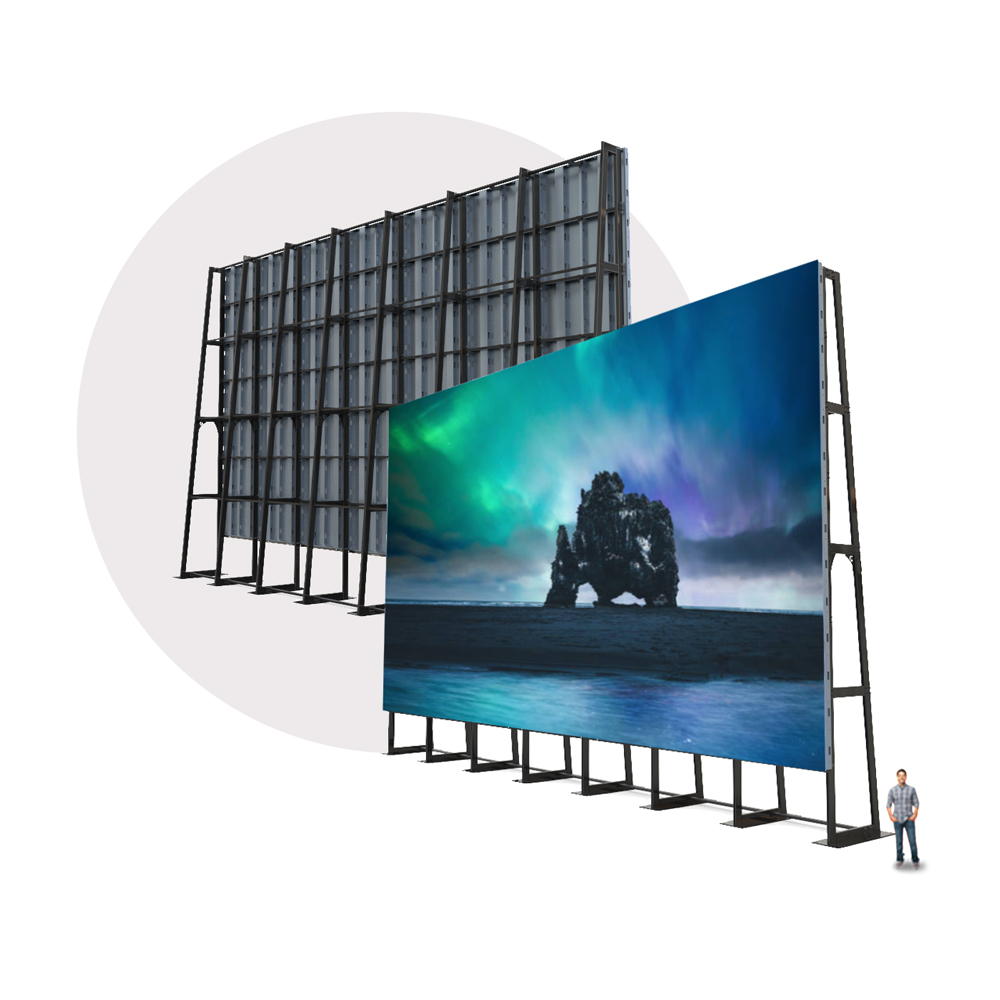Perfecting the Art of Hue Calibration for Stunning Imagery on LED Walls
Wiki Article
Hue tuning is an crucial procedure for attaining breathtaking images on light-emitting diode walls. LED walls are commonly used in multiple settings, such as musical events, meetings, and advertising presentations. These screens are made up of numerous tiny LED lights that create images and videos. However, if the colors are not calibrated correctly, the visuals can appear flat or distorted. Hue calibration ensures that the colors shown on the light-emitting diode screen are precise and lively, enhancing the overall viewing experience.
The first step in color tuning is comprehending the hue spectrum. Color space refers to the range of colors that can be displayed on a screen. Different devices, such as photographic devices and displays, may use varied hue spectra. Typical hue spectra include standard RGB, Adobe RGB, and DCI-P3. Knowing which color spectrum the light-emitting diode screen uses is vital for proper calibration. This knowledge assists in modifying the colors to align the desired result, guaranteeing that the images appear as they were meant to be seen.

Subsequently, using a color calibration tool is essential for obtaining precise outcomes. These tools can be hardware devices or program tools designed to assess and modify hues. A colorimeter is a popular physical device that measures the hues shown on the light-emitting diode wall. It offers information on how the hues look compared to the standard values. By using this information, modifications can be made to the light-emitting diode screen configurations, such as brightness, contrast, Get More Info and color balance. This process assists in matching the shown colors with the desired color standards.
Another important aspect of color calibration is surrounding illumination evaluation. The illumination in the surroundings where the light-emitting diode wall is located can significantly influence how hues are perceived. For instance, bright ambient light can wash out colors, making them appear less lively. Therefore, it is crucial to assess the illumination environment before tuning the light-emitting diode screen. Adjustments may need to be made to the wall's brightness and contrast settings to compensate for the surrounding light. This ensures that the colors remain vivid and faithful to their desired look.
In conclusion, regular upkeep and re-tuning are essential to keep the light-emitting diode screen operating at its optimal. Eventually, the hues on the light-emitting diode screen may deviate due to elements like wear parts or variations in the surroundings. Consistently scheduled tuning assist to maintain hue accuracy and consistency. It is also beneficial to keep a record of calibration settings and results. This documentation can assist in identifying trends or issues that may occur, enabling for timely modifications. By focusing on hue tuning, operators can guarantee that their light-emitting diode screens deliver stunning visuals that captivate audiences.